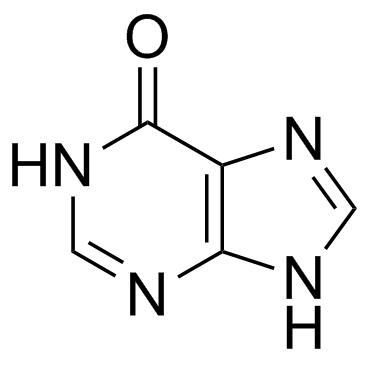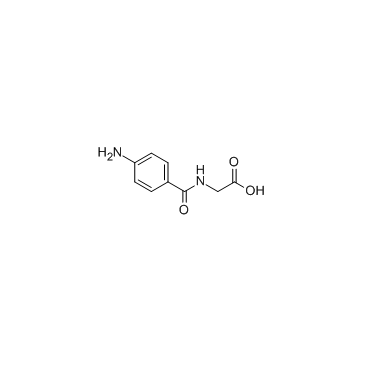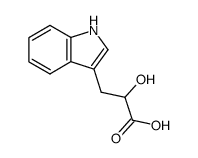| Structure | Name/CAS No. | Articles |
|---|---|---|
 |
Hypoxanthine
CAS:68-94-0 |
|
 |
4-Aminohippuric acid
CAS:61-78-9 |
|
 |
DL-INDOLE-3-LACTIC ACID
CAS:832-97-3 |